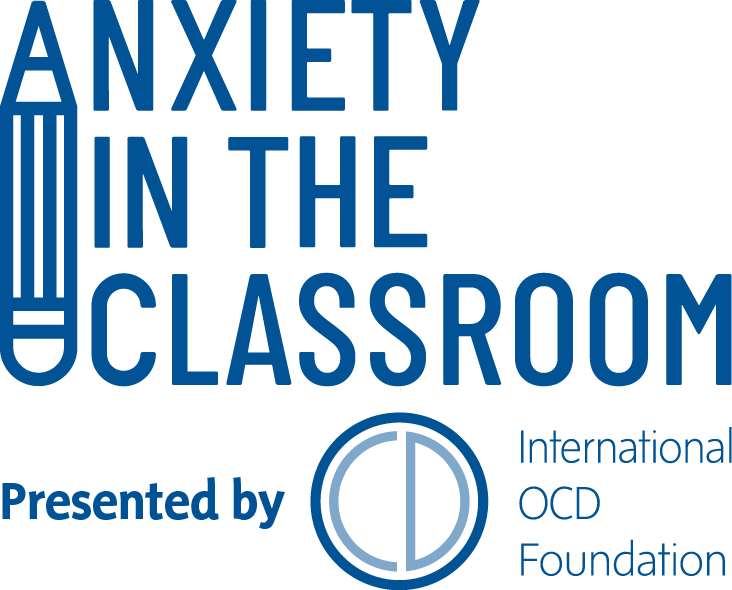How to Work With Your Colleagues
Building a team to help a child struggling with anxiety and/or OCD in your school is crucial. Team members share information, expertise, and responsibility for the student. They also support each other through plan development and implementation. Teams may consist of a teacher, school counselor, school social worker, school nurse, parents/caregivers, a therapist, and/or the student. It is helpful if a team has an identified point person who collects information from all parties and communicates it to other team members in an organized and meaningful way.
How can you work with your colleagues to help a child with anxiety and/or OCD at school?
In this video, Eric Storch, PhD, talks about how school personnel can work together to help develop a plan for a student with anxiety and/or OCD.
Read below for additional information about working with your colleagues to manage anxiety/OCD in school.
Working with Your Colleagues to Recognize and Address Anxiety/OCD
When trying to address and manage students with anxiety/OCD in the school setting, your team should consider the following:
Identifying Anxiety & OCD
School personnel interact with students in different ways. Therefore, they may have different information about what they observe in the student.
- A teacher may recognize a student repeating behaviors like getting up from their chair or a dramatic decrease in homework compliance or attendance.
- A school nurse may recognize that a student comes to their office regularly complaining of shortness of breath or headache.
It is very important that school personnel collaborate as a team to share information about a potential problem with each other. Otherwise, it may take longer than necessary for the bigger picture to emerge and can delay a student getting the help they need.
Learning About Anxiety & OCD
It is important that anyone working with a student with anxiety or OCD learn about these mental health conditions. School psychologists or counselors may assist in setting up in-service trainings for teachers or anyone working with the student that is struggling.
Communicating with Families
It is crucial that school personnel communicate their concerns to the student's parent(s)/caregiver(s) in a respectful, warm, and calm manner. Sometimes this communication comes from the classroom teacher and other times it comes from the school psychologist or counselor. It is not the school’s job to diagnose a student with a mental health condition. However, it is important to be clear about what the problem is, provide specific examples to back up their concerns, and make recommendations for how to handle the situation. If a caregiver is skeptical, school personnel may invite them to come to school to observe the student in the school environment.
Ongoing Assessment & Data Collection
School personnel will continue to observe and document anxiety and OCD related behaviors. This information is used in continued communication with caregivers and school personnel and when developing 504 Plans and IEPs. Sometimes school personnel use general behavior tracking forms. At other times they may use specific mental health questionnaires. Again, information should be consolidated and shared by one school-based point person.
Referrals
School personnel may make a referral:
- For further testing to determine if a student is eligible for special education services.
- To school-based counseling.
- To community mental health professionals and supports (if requested by families).



